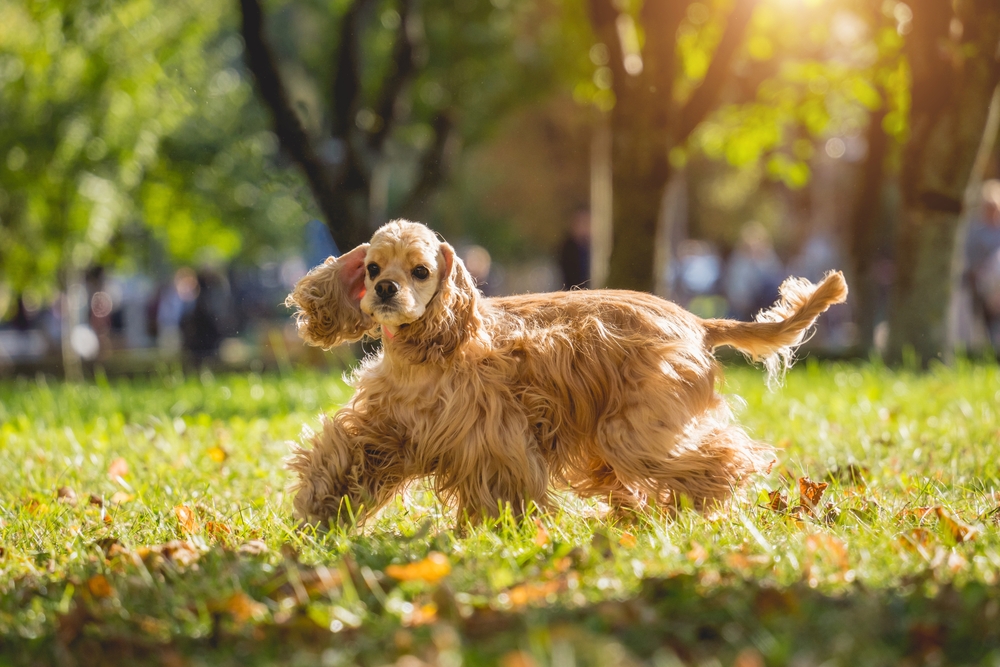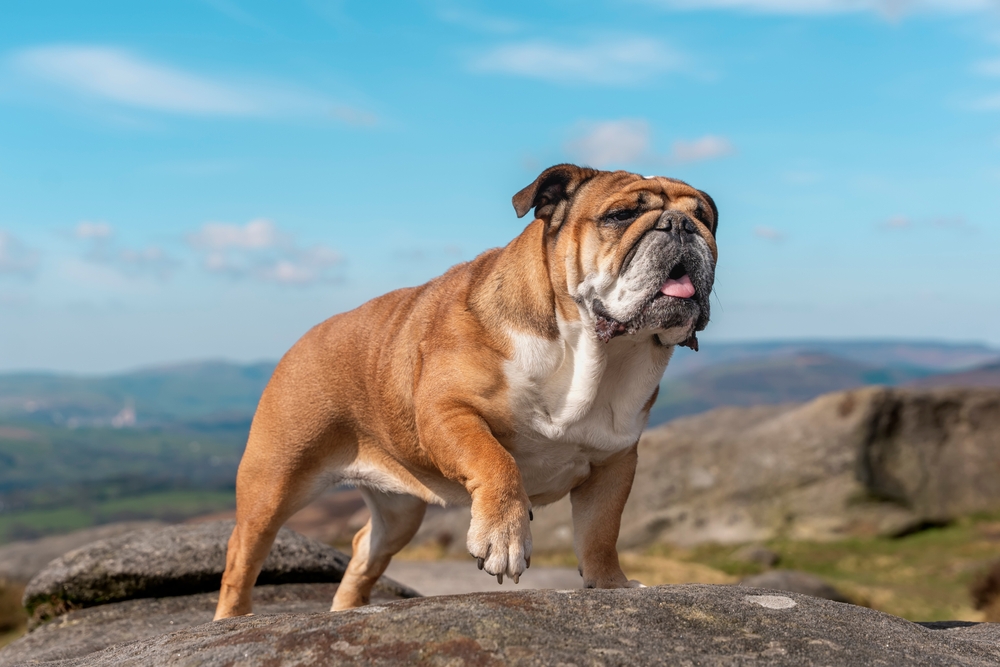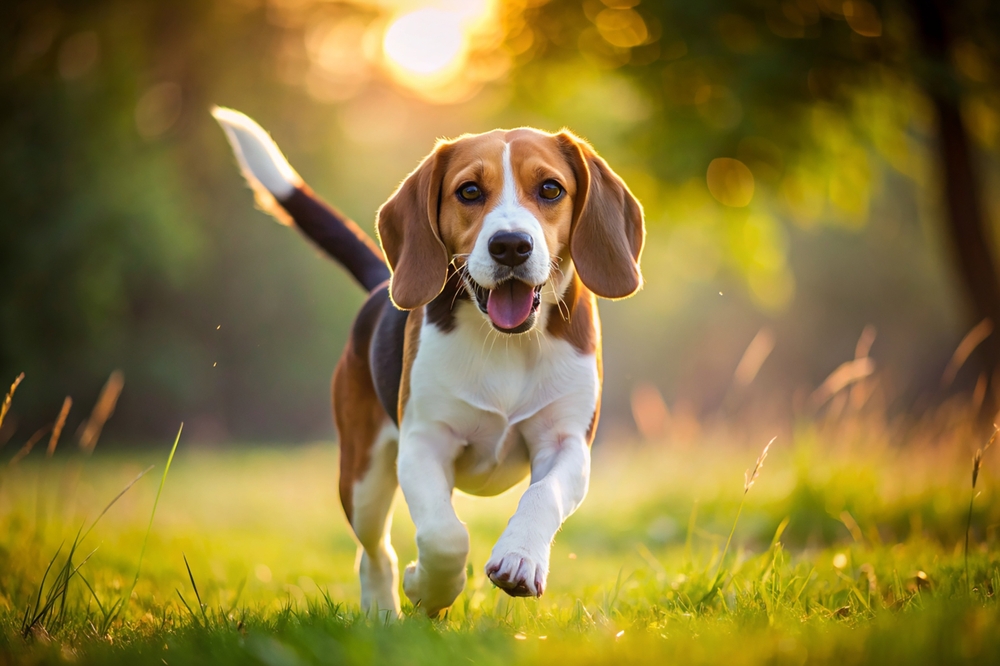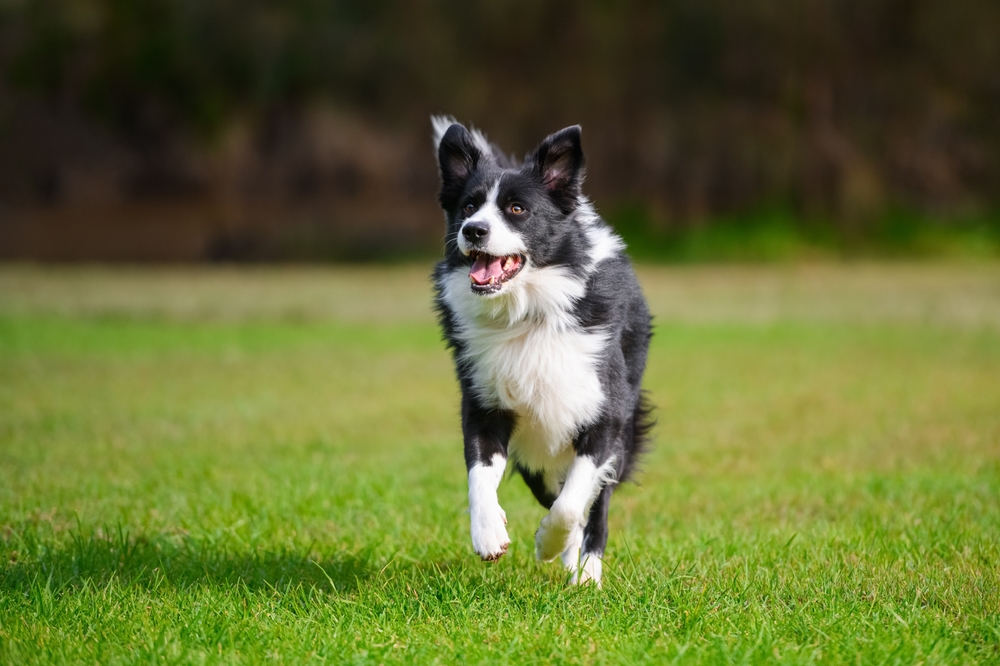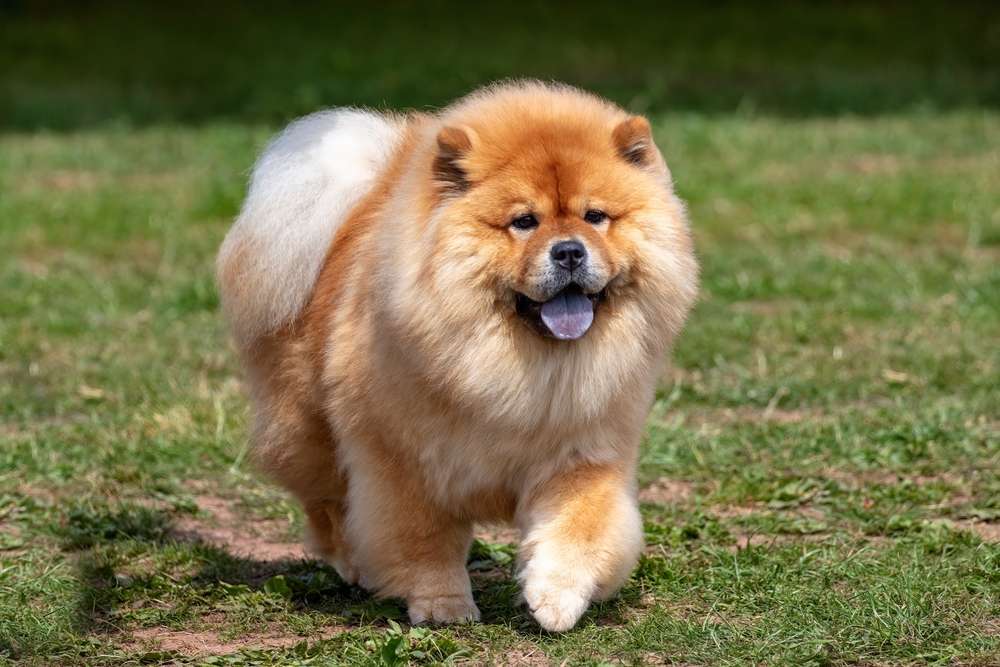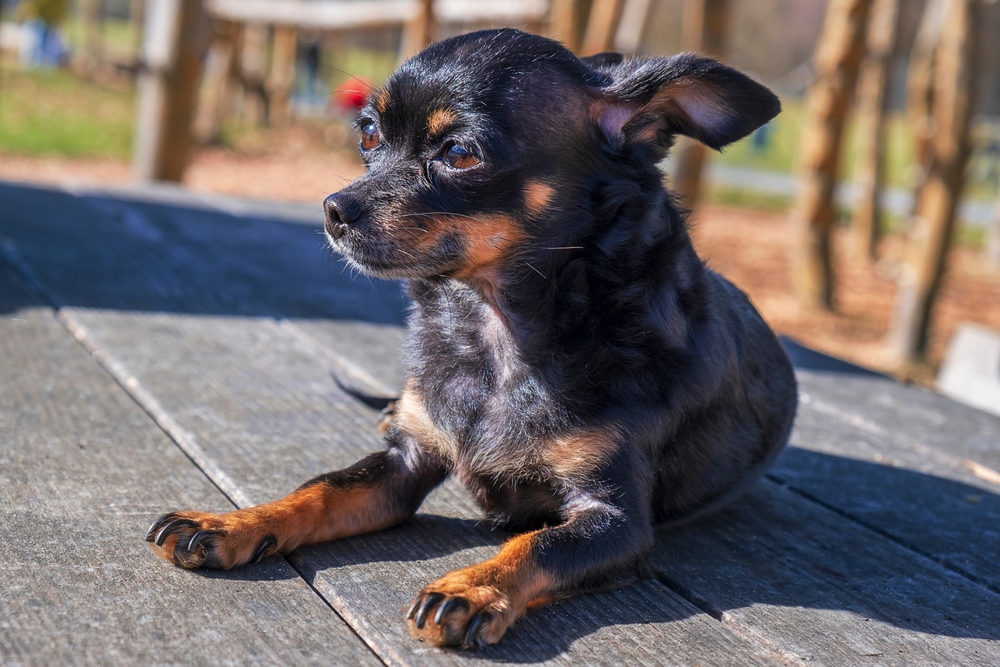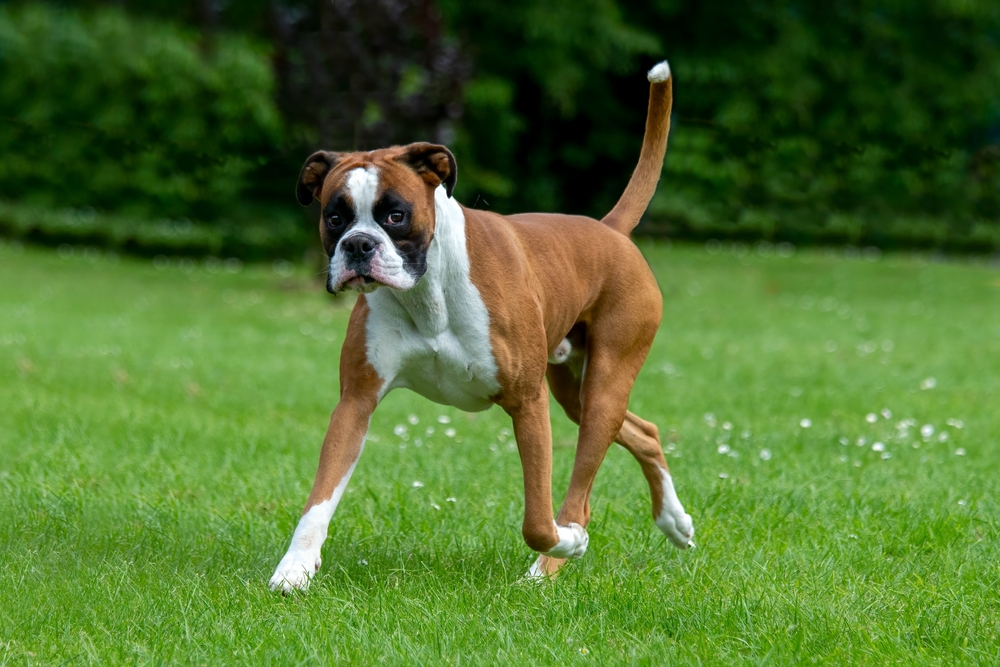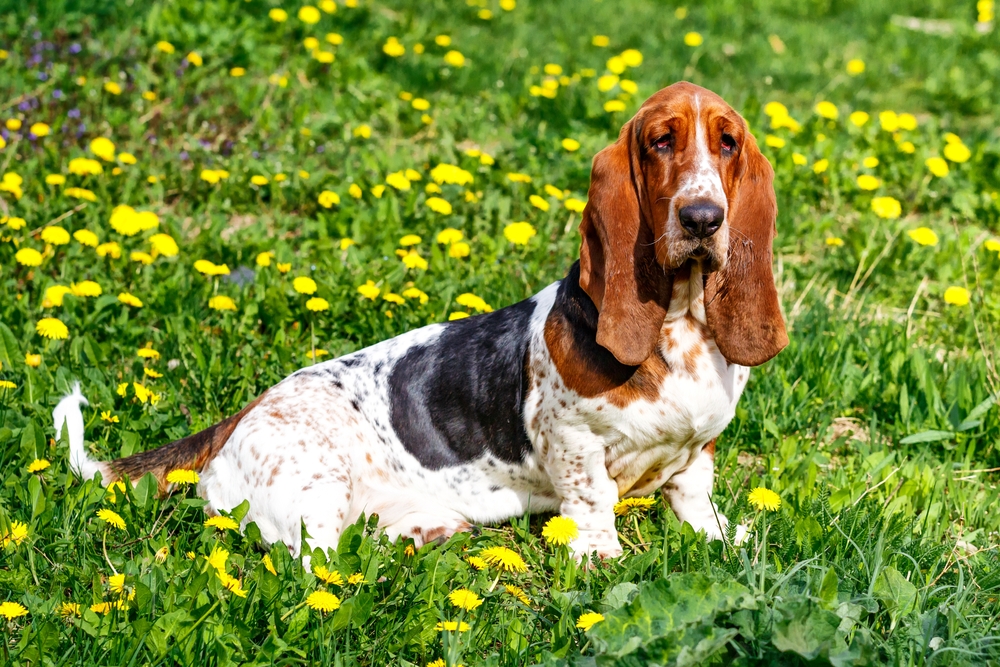Cocker Spaniels are medium-sized sporting dogs known for their flowing coats, expressive eyes, and cheerful appearance:
Coat:
They have a silky, flat or slightly wavy coat with feathering on the ears, chest, belly, and legs. Coat colors vary widely, including solid shades like black, red, golden, and liver; parti-colors (two or more colors, one of which is white); and roans.
Face:
Cocker Spaniels have a rounded skull, a well-defined stop, and a square, deep muzzle. Their large, dark, round eyes convey a gentle and intelligent expression. The long, low-set ears are well-feathered and hang close to the head.
Body:
They possess a compact, well-balanced body with a deep chest, straight back, and muscular build. The neck is strong and slightly arched, blending smoothly into the shoulders.
Tail:
Traditionally docked in some countries (where permitted), the tail is set on and carried level with the back, wagging constantly when the dog is active. In natural form, it is moderately long and feathered.
Size:
-
Length (Body): Approximately 22 to 26 in (56 to 66 cm) from chest to rump.
-
Shoulder Height:
-
Males: 15 to 17 in (38 to 43 cm)
-
Females: 14 to 16 in (36 to 41 cm)
-
Weight:
-
Adult Female: 20 to 28 lbs (9 to 13 kg)
-
Adult Male: 25 to 30 lbs (11 to 14 kg)
Cocker Spaniels’ physical characteristics combine sporting function and elegant beauty, with their well-proportioned build and luxurious coat making them equally suited to the field and the show ring.



































































